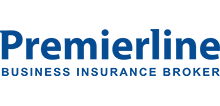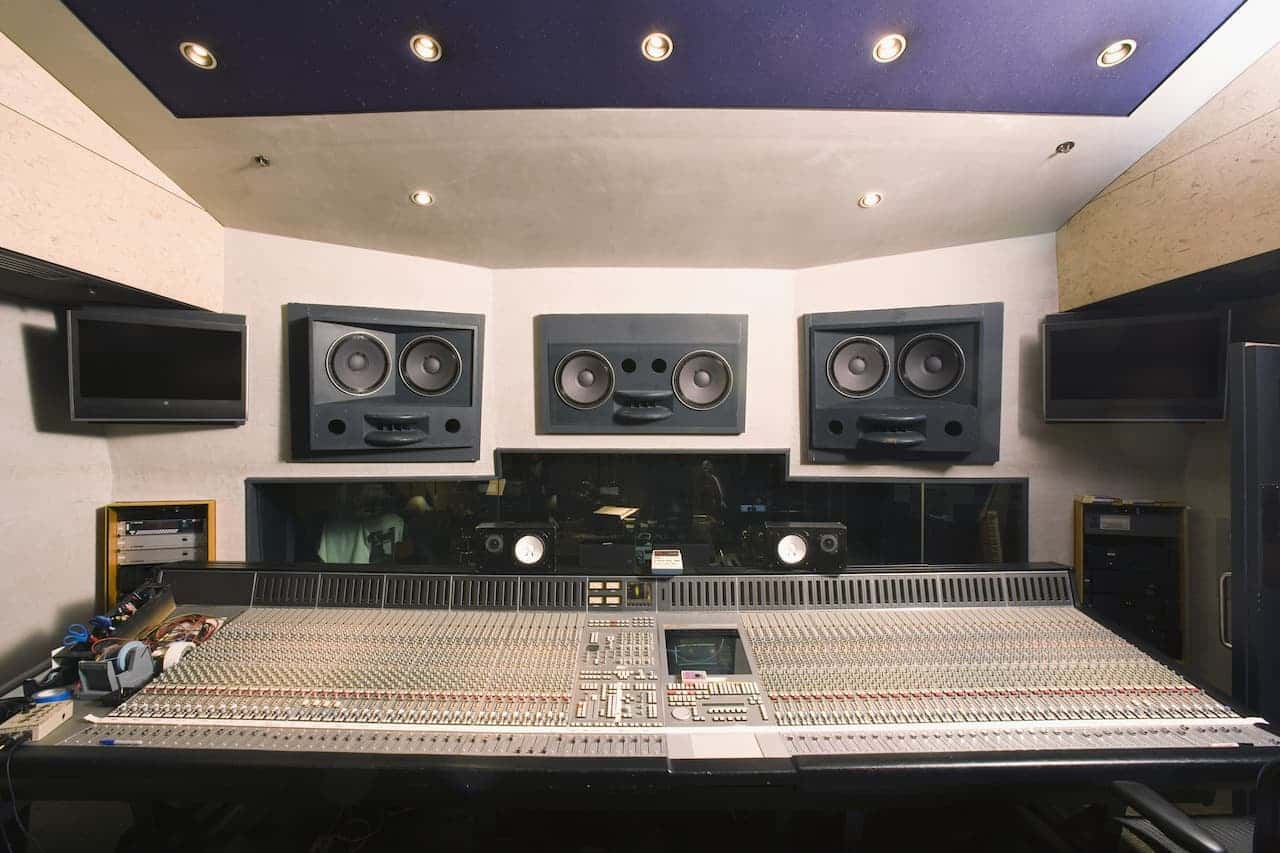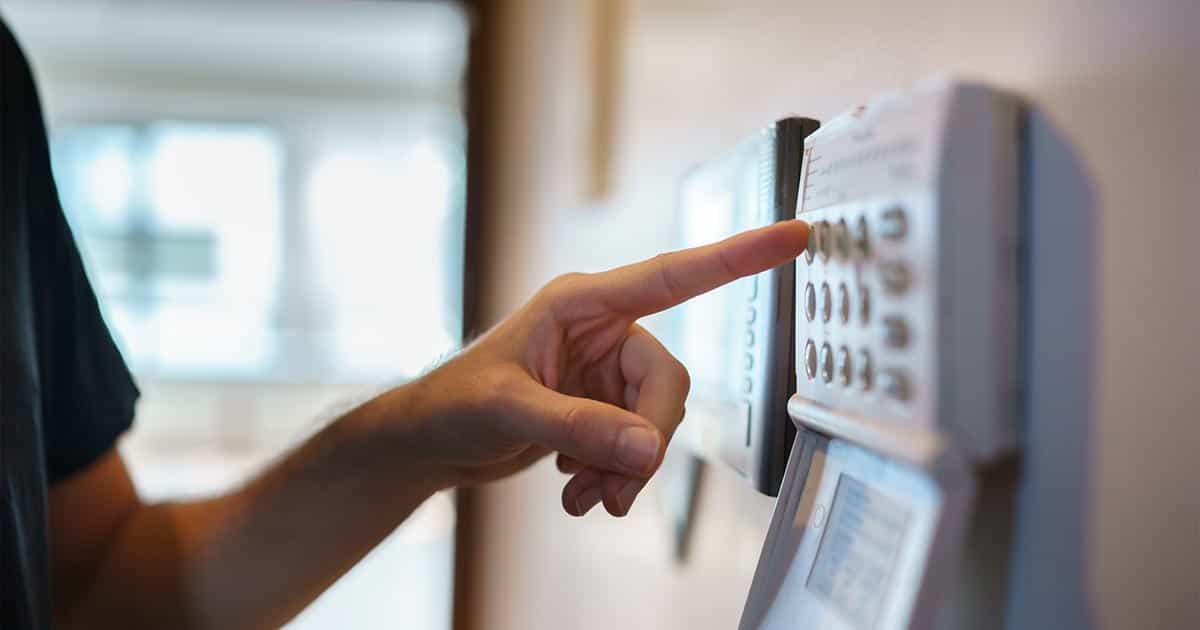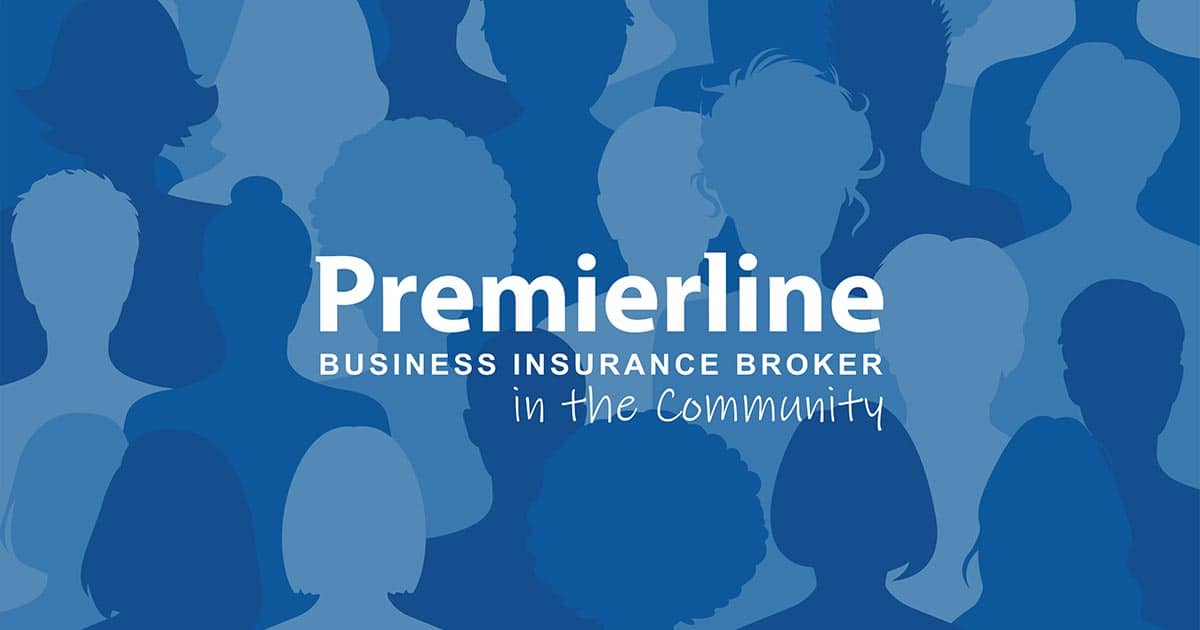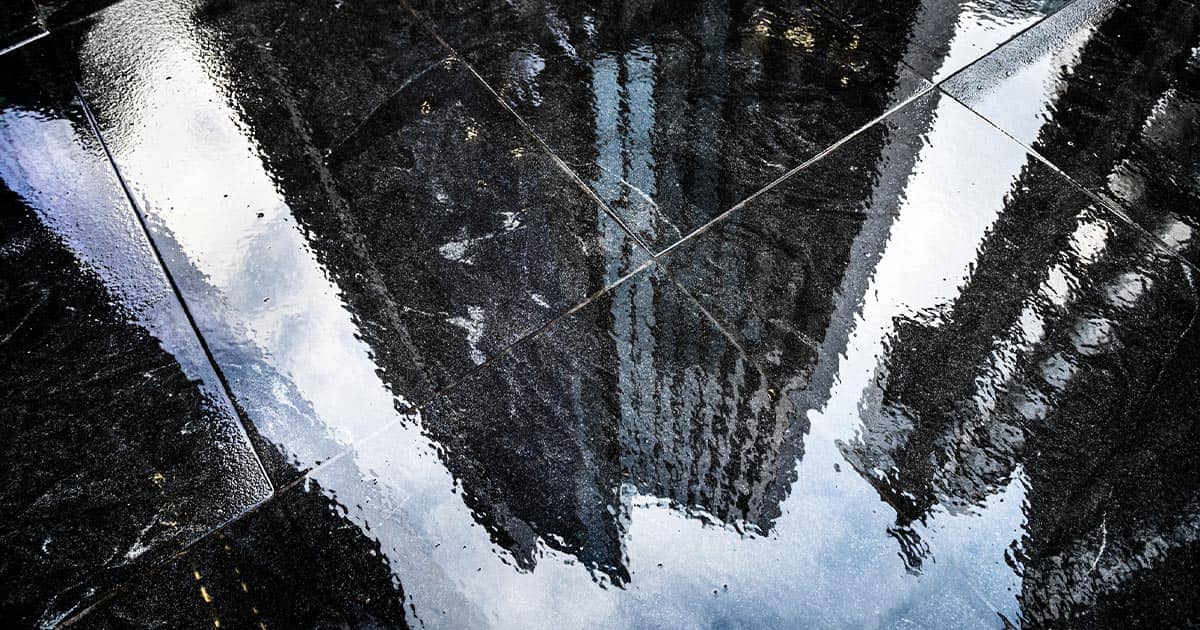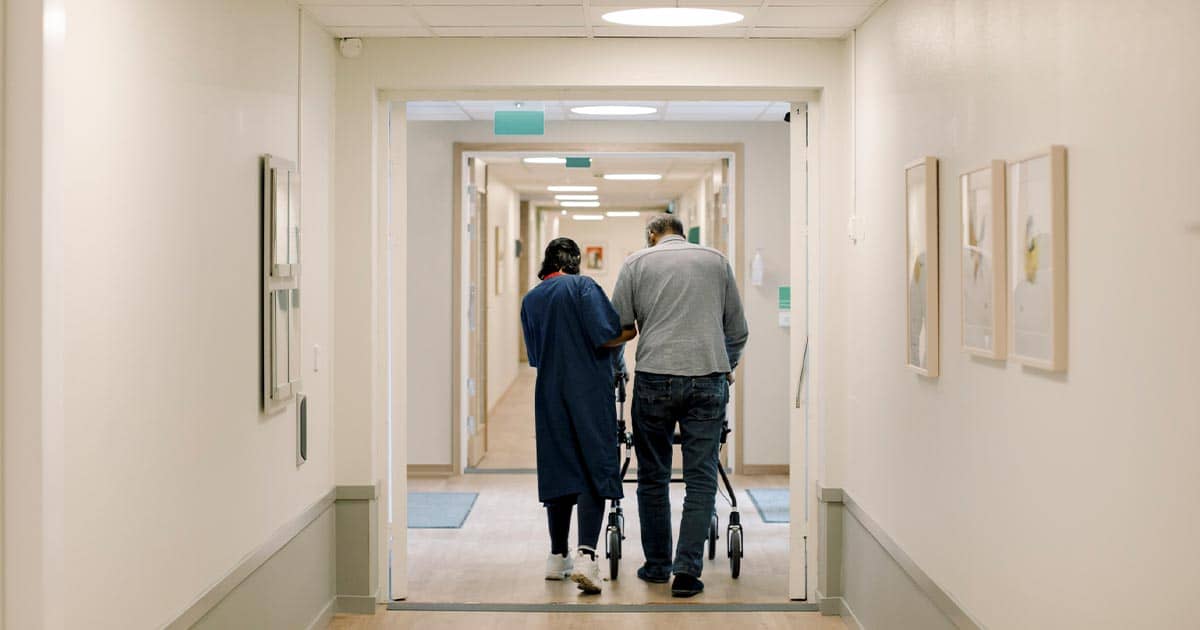Safety when working with complex recording equipment
The dangers of working with AV equipment
Here are some of the risks of working with AV equipment that we have identified. This is by no means an exhaustive list, but these are some of the most common and serious risks.
Working at height
Installing audio or visual equipment may require working at height, which naturally brings an element of risk.
The hazards of working at height include a person falling, dropped objects landing on a person, and structural collapses.
Avoid working from a height where possible, using equipment and tools to work from a ground base, but where working from height is essential, make sure that you or your team is doing so with the correct safety equipment, including helmets and safety harnesses.
Barriers should also be placed to stop people from walking around the area where elevated work is taking place. This will prevent injury from falling objects.
Communication is also key when working at height, especially communication with the owner of the property where the equipment is being installed to ensure that it is safe to make the installation.
Noise risks
Working around any kind of machinery has the potential to cause problems with hearing. However, because audio equipment is specifically designed to make a loud noise, your team could be exposed to very high levels of noise.
Noise levels above 70dB can cause hearing damage after a prolonged period. However, levels of 80dB can cause hearing damage much quicker and require a risk assessment for work to be carried out.
Hearing damage can be prevented by supplying your team with ear protection such as noise cancelling headphones or high fidelity earplugs. This will, of course, mean that your team’s hearing may be affected, which could cause issues if they can’t hear alarms or instructions, but proper training will help your team use their protective equipment effectively.
Confined spaces
Installing AV equipment may require access to tight spaces, particularly when having to do wiring work, but unlike working at height, working in confined spaces usually can’t be avoided.
Working in confined spaces should only be done by those who have been trained, and feel comfortable doing so.
When working in a confined space, make sure that you or the member of your team has the correct PPE that they need. They should have a safety harness and a lifeline that runs to a point outside that can help them in the event of an emergency. They should also be equipped with a communication device to alert others if they get stuck.
Slips and trips
When working with AV equipment, you will need to use wires for power to connect equipment. Having this multitude of wires presents a trip hazard to the installers, those working in the business where AV equipment is being installed and to the general public.
When installing wires, create a route that all cables will run through to keep them uniform, tangle-free and away from pedestrians.
Where possible, keep wires above head height, place them under ramps and carpet, or where possible dug into the ground.
Electric powered equipment
Working with AV equipment means that you will need to have a power supply to make the equipment work.
To keep staff safe from electrical-related injuries, make sure that any member of your team that is performing these tasks has been trained on how to work around electricity safely.
All portable equipment should be PAT tested and meet BS 7671: 2008 or BS 7909 2008 standards.
Manual handling
Some AV equipment can be incredibly heavy so your team needs to know how to handle, transport or install it without damaging their health.
Musculoskeletal injuries are some of the most common types of injuries in the UK and can be avoided by using the correct manual handling techniques.
Implement mandatory manual handling training sessions at regular intervals to ensure that your staff get regular refreshers on how to stay safe when performing these kinds of tasks and how to eliminate manual handling risks.
Mitigating dangers with risk assessments
A risk assessment is one of the best ways of identifying hazards and keeping your team safe. It should also form part of the documentation you retain as a business.
A thorough risk assessment will allow you to examine each part of your business’ activities and identify where there could be a danger to your team. This will then allow you to find ways of protecting your team.
Business insurance with Premierline
Finding the right business insurance to protect your business can be difficult, with a huge range of insurance covers available that you might not fully understand. That's where Premierline comes in, as our insurance experts will assess your business and find an insurance policy designed to protect you should the worst happen.
Get in touch with one of our insurance advisors to discuss your business insurance needs and compare quotes from some of the UK's most well-known insurance providers.
